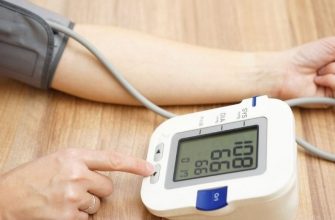Your blood sugar levels could be silently putting you at risk—and you might not even know it. Many assume that if their test results fall within the “normal” range, there’s nothing to worry about. But what if those standards aren’t right for you? What if your body has been sending warning signs for years, but no one noticed?
The Myth of “One-Size-Fits-All” Blood Sugar Standards
The general guideline says normal fasting blood sugar should be 70–99 mg/dL (or 3.9–5.5 mmol/L). But who decided this applies to everyone? In reality, optimal levels vary by age—and what’s safe for a 30-year-old could spell trouble for someone over 60.
- Newborns: 50–80 mg/dL (2.8–4.4 mmol/L)
- Children (under 14): 60–100 mg/dL (3.3–5.6 mmol/L)
- Adults (60+): 82–115 mg/dL (4.6–6.4 mmol/L)
- Seniors (90+): Up to 120 mg/dL (6.7 mmol/L)
Why This Matters: The Hidden Danger of “Normal” Results
Many doctors still rely on outdated, broad ranges—ignoring age-specific risks. This means you could be in prediabetes for years without a diagnosis. If your fasting sugar lingers near the upper limit (over 110 mg/dL or 6.1 mmol/L from a finger prick, or 126 mg/dL/7.0 mmol/L from a vein), your diabetes risk skyrockets—even if your lab report says “normal.”
Diabetes doesn’t happen overnight. Early detection is possible, but only if your doctor looks beyond generic numbers. Specialized charts (like the American Diabetes Association’s guidelines) help identify prediabetes long before symptoms appear. Ask yourself: Has your physician ever checked these? Or did they just say, “Your results are fine”?
The Bottom Line
Don’t blindly trust averages. Your body is unique—what’s “normal” for one person could be a red flag for you. Listen to your body, ask for detailed explanations, and demand age-appropriate testing. Your health is too important to leave to guesswork.
